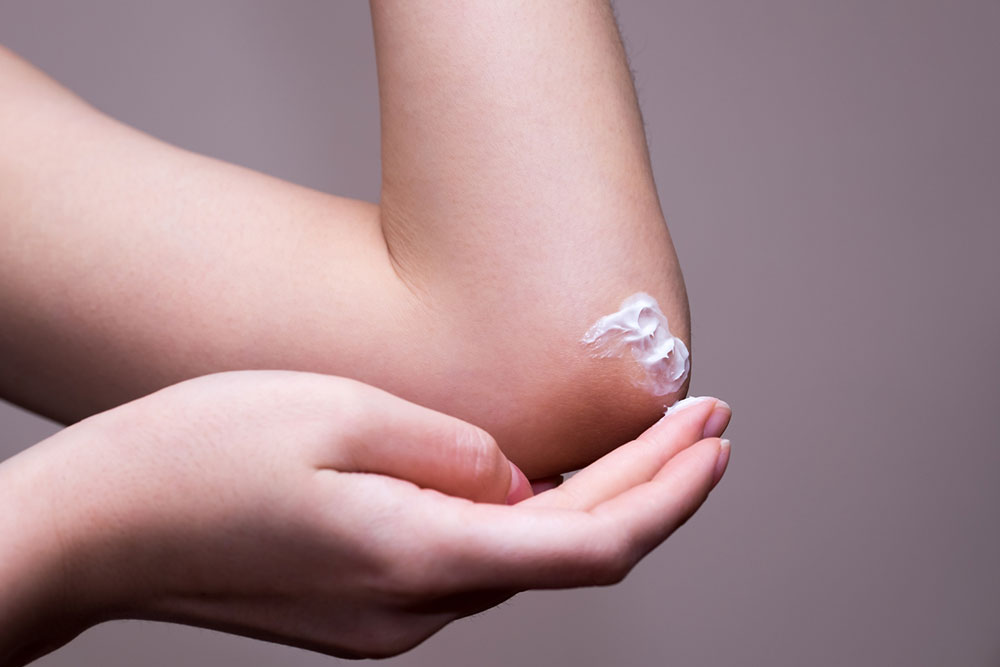
A brief guide to eczema
Eczema is the medical term for a group of conditions that cause inflammation of the skin. Usually, eczema makes the skin itchy, red, dry, and sometimes even cracked and leathery. Eczema can develop on any part of the body, and it is a chronic problem for many people. It’s most common in infants, and many outgrow it before they reach adulthood. People with eczema have a higher risk of developing allergic conditions like hay fever or asthma.
Causes
Eczema usually runs in the family. Due to certain genes, people may have extra-sensitive skin. Even an overactive immune system plays a role in the development of this condition. Some studies are also trying to discover if certain skin defects contribute to the development of eczema by allowing the germs to enter the skin and letting the moisture escape.
Conditions that may trigger eczema:
- Heat and sweat
- Stress
- Cold and dry climates
- Contact with substances like synthetic fabrics, wool, and soap
- Dry skin
Symptoms
In the beginning, an individual may experience an itching sensation and a rash appears after this. Typically, eczema presents itself as:
- Patches of itchy, dry, and thickened skin found on the neck, hands, face, and legs. In children, the inner creases of the elbows and knees are often involved.
- If one scratches the dry patches of skin and open sores with crusts, it may get infected.
Types
Eczema is a common problem that causes skin inflammation. This condition is called dermatitis.
Atopic dermatitis
Atopic dermatitis is one of the most common forms of eczema which affects individuals who also have a family history of eczema, asthma or hay fever. Atopic dermatitis typically begins in infancy or childhood but can strike people at any age. The defects in the skin barrier allow moisture to get out and also allow for the entry of germs.
Contact dermatitis
This type of eczema usually develops when a substance like chemicals or frequent hand washing damages the skin.
- Irritant contact dermatitis develops after coming in contact with a strong irritant once or repeatedly.
- Allergic contact dermatitis develops after someone touches an allergy-triggering substance.
Dyshidrotic dermatitis
This form of eczema affects the hands and feet. Though the cause is unknown, the first symptom is severe itching followed by blisters, which gives way to scaly patches in a few weeks. Sometimes, deep cracks may appear on the hands or fingers. Dyshidrotic dermatitis may become chronic and painful.
Nummular dermatitis
Nummular dermatitis affects men more than women. In men, the first outbreak usually occurs not before their mid-50s. Women, on the other hand, get it when they’re in their teens or during early adulthood. It leads to the appearance of coin-shaped red marks on the legs, back of the hands, lower back, forearms, and hips.
Neurodermatitis
In this type of eczema, people develop skin irritation in places they frequently scratch out of habit. They may scratch during the day and also while sleeping. Typically, neurodermatitis causes an outbreak in a limited area. Due to this, the irritated skin grows a bit thick and becomes deeply wrinkled. Sometimes, infections may develop in the irritated areas as well.


